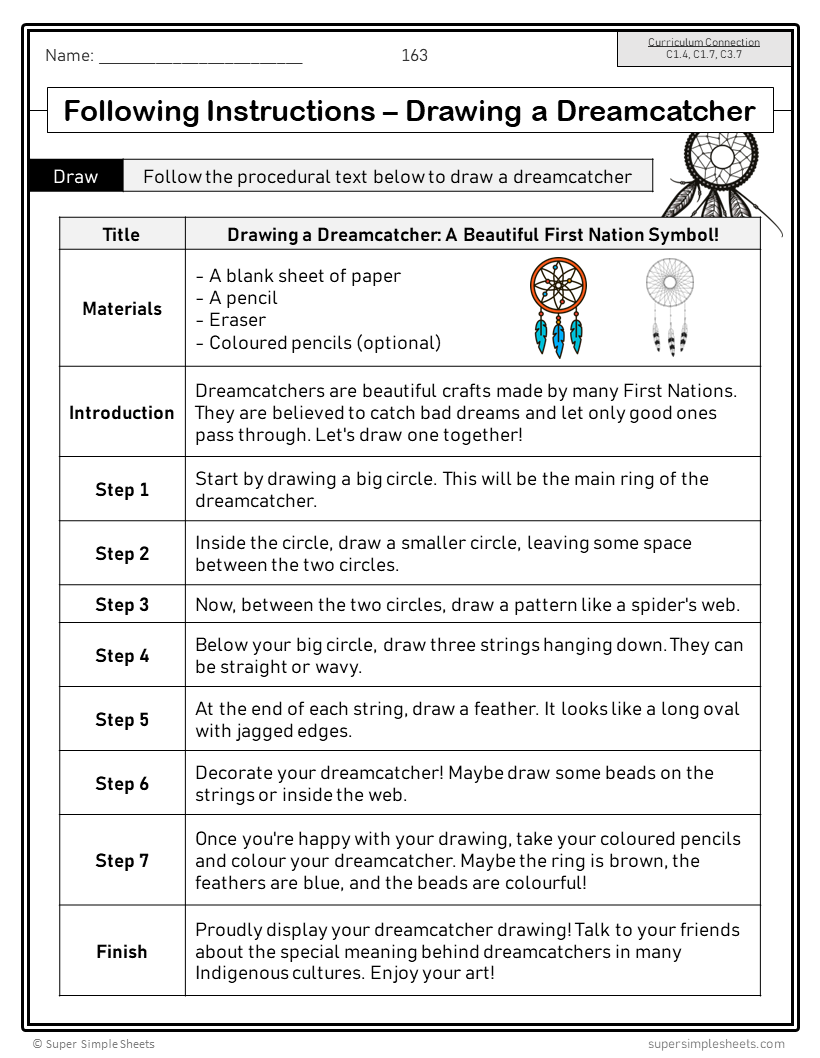NEW 2023 Ontario Language - Grade 3 - Reading Comprehension
NEW 2023 Ontario Language - Grade 3 - Reading Comprehension
Interested in a bundle? Shop below instead!
Couldn't load pickup availability
PRODUCT PREVIEW
BOTH GOOGLE SLIDES AND PDF VERSIONS INCLUDED!
Grade 3 - New Ontario 2023 Language Curriculum – Reading Comprehension Strand. This resource covers all expectations and learning goals in the Grade 3, 2023 Ontario Language Curriculum – Reading Comprehension Strand.
There are 247 activity sheets that align to cover all expectations in the NEW Ontario 2023 Language Curriculum. These activities can be used on their own, or to compliment the Composition Strand. Students will learn each of the expectations as they progress through the different text forms that follow the same pattern as the Composition unit.
We’ve included a variety of activities, including independent reading responses, group activities, assignments, experiments, and hands-on activities to keep your students engaged.
Included in this unit are the overall expectations:
C1. Knowledge about Texts – taught using 10 different text forms, including letters, procedural writing, and reports.
C2. Comprehension Strategies – we’ve included a stand-alone independent reading comprehension package (BINGO and other responses), and these strategies are taught throughout the 247-page unit.
C3. Critical Thinking in Literacy – taught throughout the resource (biases, inferences, literary devices, etc.)
We have also covered Strand A in Language - Literacy Connections and Applications. We have included curriculum connections for all our activities, so you can see exactly what you will be covering by completing each activity. We know this will help when writing report cards!
In addition, we have included a full-year long range plan that outlines what concepts from the curriculum you will be teaching each week/block.
Some of the concepts covered:
- What is reading comprehension?
- Before reading: comprehension strategies – activating prior knowledge and reasons for reading
- During reading: comprehension strategies – questioning, making connections, inferences, predictions, visualizing
- After reading: comprehension strategies – summarizing, making global and local inferences, visualizing
- Letter writing – emails, formal and informal letters, writing with voice
- Narratives – use of literary devices: similes, metaphors, assonance, and alliteration
- Perspective in narratives – first-person and third-person
- Narratives – sequencing multiple plots in a story and explaining cause and effect
- Indigenous storytelling – learning about different symbols, languages, and values
- Cross-curricular connections – science and social studies (matter, working in Ontario, etc.)
- Persuasive writing – using critical thinking skills to determine bias
- Using facts or opinions in persuasive writing
- Finding implicit and explicit evidence in persuasive texts
- Making inferences about persuasive texts
- Text features in reports – index, glossary, timelines, headings, subheadings, etc.
- Reports on diversity, inclusion, and accessibility
- Summarizing reports – determining the main idea and supporting details
- Activity – group work summarizing
- Use of infographics, timelines, maps, diagrams, and pictures in reports
- Literary devices used in poetry – assonance and metaphors
- Assignment – examining poems written by Indigenous authors
- Understanding haiku, limericks, acrostic poems, cinquain poems, and rhyming poems
- Reading different styles (voices) in book reviews
- Text features in comics, infographics, memes, and maps
- How images, graphics, and visuals contribute to biographies
- Text features in biographies – using a glossary and indexes to understand a biography
- Biographies – Isaac Newton, Dian Fossey, Thomas Edison, and Edith Monture: index and glossary
- Procedural writing – text forms: lists, title, graphics, and labels
- How graphics improve procedural writing
- Following instructions – drawing a wigwam and a dreamcatcher
- Answer pages for all activities
This is a comprehensive unit that will save you hours of planning! It has everything you need to feel confident that you are covering the NEW Ontario Language curriculum.
Share











